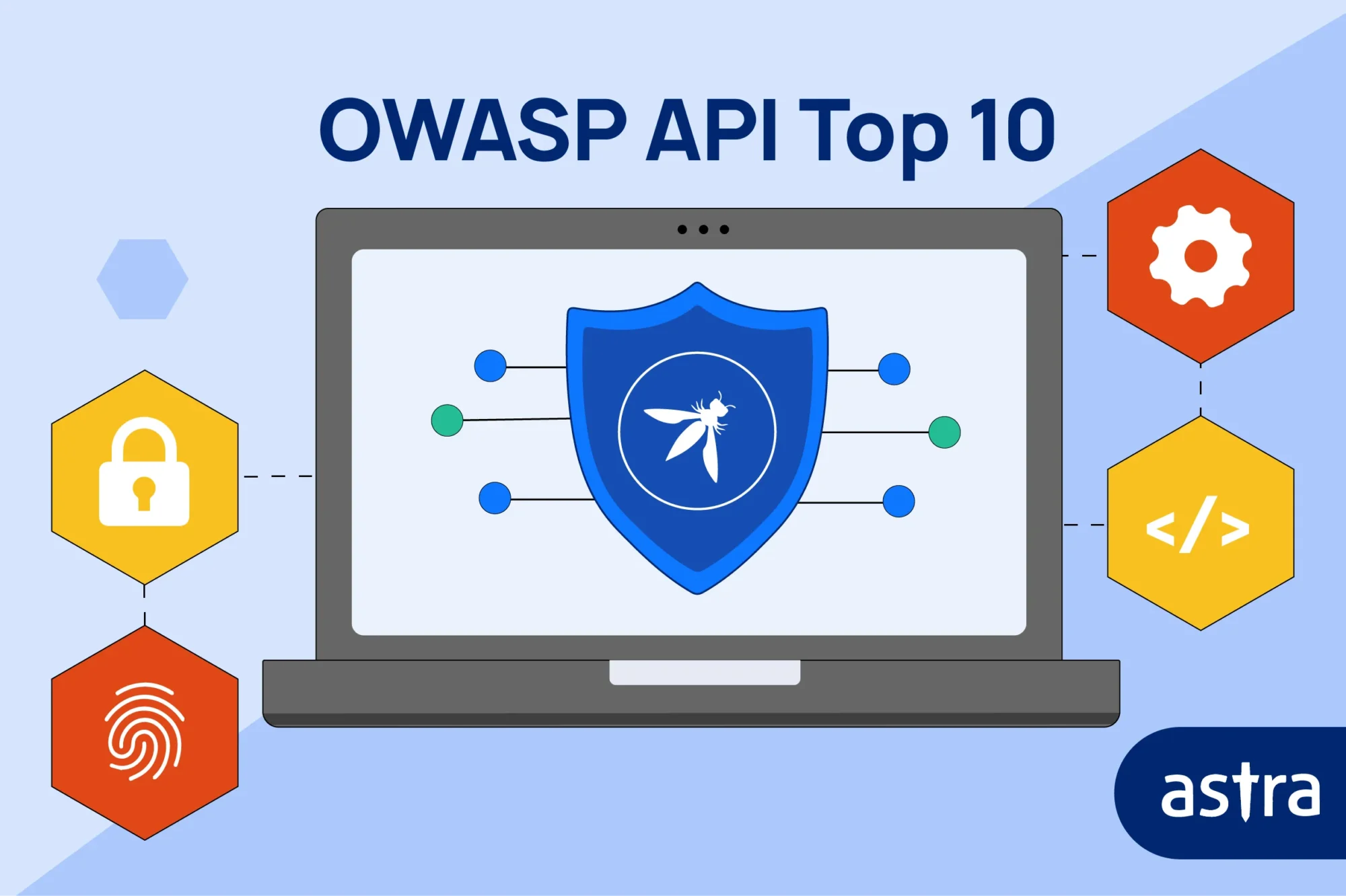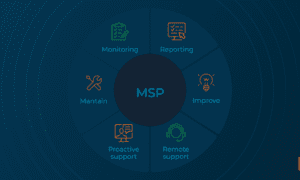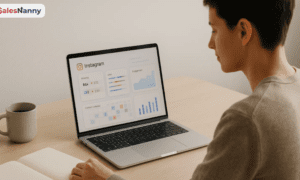In today’s digital-first economy, Australian businesses rely heavily on web and mobile applications to serve customers, streamline operations, and store sensitive data. But with greater reliance comes greater risk. Cyberattacks targeting applications are on the rise in Australia, with reports from the Australian Cyber Security Centre (ACSC) showing a breach every 6 minutes.
So, what are the biggest application security risks Australian companies should be concerned about? The OWASP Top 10 is the global gold standard that highlights the most critical vulnerabilities. Understanding these risks is the first step to protecting your organisation.
1. Broken Access Control
If users can access data or features they shouldn’t, you’re at risk. In Australia, this often leads to breaches of privacy laws under the Privacy Act. Companies ask: “Will application security help me comply with Australian data regulations?” The answer is yes, proper access controls are essential.
2. Cryptographic Failures
Weak or outdated encryption leaves customer data exposed. For financial institutions bound by APRA CPS 234, cryptographic failures can lead to fines and reputational loss.
3. Injection Attacks
One of the oldest tricks in the hacker’s playbook, injection flaws (like SQL injection) allow attackers to manipulate applications and steal data. For Australian e-commerce platforms, this could mean exposing thousands of customer credit card records.
4. Insecure Design
Fast development cycles often lead to insecure design. Companies frequently ask: “Can application security be integrated into our DevOps pipeline without slowing releases?” The answer is adopting DevSecOps security, where security is embedded into every stage of the software lifecycle.
5. Security Misconfiguration
From unpatched servers to exposed error messages, security misconfigurations are the low-hanging fruit for attackers. In Australia, mid-sized businesses often face this risk due to lack of in-house expertise.
6. Vulnerable and Outdated Components
Outdated plugins and frameworks are prime entry points for hackers. With many Australian companies outsourcing development, ensuring third-party libraries are patched is critical.
7. Identification and Authentication Failures
If authentication systems are weak, hackers can impersonate users and access sensitive data. A common customer question: “Does penetration testing Australia providers check login systems for weaknesses?” Yes, thorough penetration testing in Australia focuses heavily on this risk.
8. Software and Data Integrity Failures
Unverified updates, code injections, or compromised CI/CD pipelines can lead to catastrophic breaches. This risk directly concerns Australian SaaS providers scaling rapidly in the market.
9. Security Logging and Monitoring Failures
Without proper monitoring, breaches can go unnoticed for months. In Australia’s regulated industries (finance, healthcare, government), this is unacceptable. Boards often ask: “Will we even know if we’ve been breached?” Without logging, probably not.
10. Server-Side Request Forgery (SSRF)
SSRF attacks allow hackers to manipulate servers to access internal systems. For government or healthcare systems in Australia, this can mean exposure of highly sensitive citizen records.
Why These Risks Matter for Australian Companies
Ignoring these vulnerabilities isn’t just a technical issue, it’s a business risk. Data breaches in Australia now cost an average of AUD 4.47 million per incident (IBM Cost of a Data Breach Report). Beyond fines and downtime, the loss of customer trust can cripple growth.
That’s why companies are searching questions like:
- “How much do application security services cost in Australia?”
- “Will this help us meet Essential Eight and Privacy Act compliance?”
- “Do we need ongoing managed application security or just one-time testing?”
The truth is: every Australian company that builds, buys, or relies on applications needs a structured approach to security.
How to Protect Your Business
The OWASP Top 10 risks aren’t just technical jargon, they’re a roadmap for strengthening your defenses. Here’s what works:
- Penetration Testing Australia: Regular tests to identify and fix vulnerabilities.
- DevSecOps Security: Building security into your development pipeline.
- Compliance-Driven Protection: Aligning with ACSC’s Essential Eight, ISO 27001, and APRA CPS 234.
- Application Security Services in Australia: Partnering with local experts ensures compliance with Australian data sovereignty laws and industry-specific regulations.
If your business is struggling with these risks, it may be time to explore application security services in Australia that go beyond one-off audits and deliver ongoing protection.
Final Thoughts
Cybersecurity is no longer optional, it’s a business-critical investment. By understanding the Top 10 application security risks outlined in the OWASP guide, Australian companies can protect data, maintain compliance, and earn customer trust.
The next time you wonder “Will my company be the next victim of a breach?”, remember, proactive application security isn’t just about avoiding risks. It’s about building a resilient, trustworthy brand in the Australian market.





























